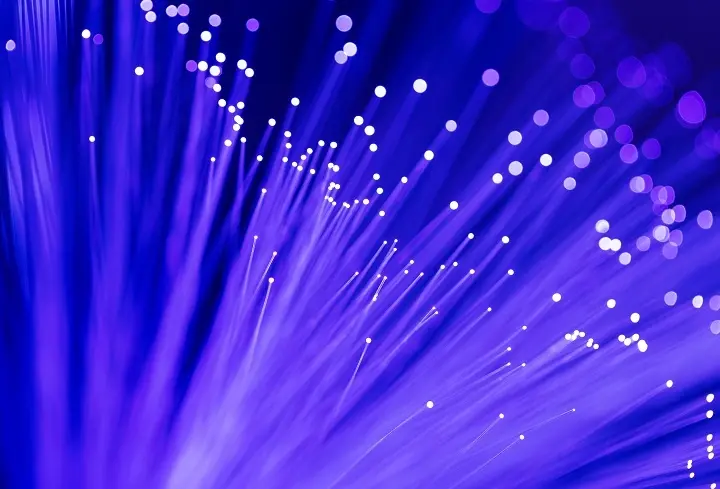What equipment is needed for fiber-optic internet?

Fiber internet service connectivity primarily relies on fiber-optic cables. This particular cable is composed of thin strands of extremely pure glass known as optical fibers. These fibers are grouped inside an outer coat and can convey data in pulses of light. Fiber-optic cables offer faster transmission of data, higher data capacity, and less signal attenuation than copper cables. They come in two main varieties: SMF for single-mode fiber with a smaller core suitable for transmission over larger distances, while OM fiber with a larger core diameter is preferred for shorter distances.
Optical Network Terminal
The optical network terminal (ONT) is located indoors in the residential or business premises. This little black box, sometimes referred to as a media converter, interprets the light signals carried by the outside fiber-optic cable into electrical signals usable by internal computers and other devices through standard Ethernet cables. The ONT links with the fiber cable coming from your provider on one end and with the router or computer on the other end.
Modem
Although fiber internet does not use a cable or DSL modem, the device connected to the ONT is often referred to as a fiber modem. Technically speaking, this router performs a role that is quite similar to most conventional modems in that it translates the signal into one that can be transmitted as Wi-Fi and Ethernet connections. However, the term modem here can be deceptive, as there is no modulation-demodulation happening here – the router assigns the IPs and controls the traffic.
Router
The router controls the networking and links wired and wireless devices in your home or office to the internet through the ONT fiber port. The router gives out local IP addresses, can test itself, can enhance Wi-Fi connection with capabilities of a mesh network, and gets input as to whether to connect via ethernet cable or Wi-Fi. A router is a device that creates a Wi-Fi zone for portable gadgets such as smartphones and laptops, game consoles, media streaming devices, smart home devices, and many others.
Copper Cable / Cat5e / Cat6
Patch cables also known as Ethernet cables help you connect your various gadgets e.g. computer, television, game console, among others to your router to access the internet through the fiber line. Similar to Wi-Fi, Ethernet cables can also link devices; however, they offer higher speed and a more stable connection. Some of the common types are cat 5, cat 5e, and cat 6 cables available in different lengths and different colors.
SFP Module
If your ONT is capable of delivering Ethernet output, no additional hardware is required. Sometimes, the ONT outputs a fiber cable that has to be connected to an SFP (small form-factor pluggable) module port on the router. This sort of direct fiber connection from the ONT to the router offers the fastest speeds possible. The SFP module is a small hardware component that fits into the SFP port of the router to connect with the incoming fiber line.
Power Supply Units
The ONT box, fiber modem router, network switches, and any other related gear will also need standard power supplies to operate. None of the equipment that is used in running the network or as a means of connectivity, wired or wireless can operate without electricity. There are always backup battery units to ensure that there are no network outages in case of power blackouts.
That would address the main fiber-optic internet equipment requirements. With these fiber components be it the cables on the ground or poles to transfer the signals to and from your provider to the terminal and router within your home or office, you get to enjoy a very high-speed fiber optic internet connection and all the benefits this comes with! Please let me know if you need any further explanation or any other questions.
Upgrade to faster, more reliable AT&T Fiber Internet today! Call us at +1 844-905-5002 and get connected with speeds that keep you ahead.





